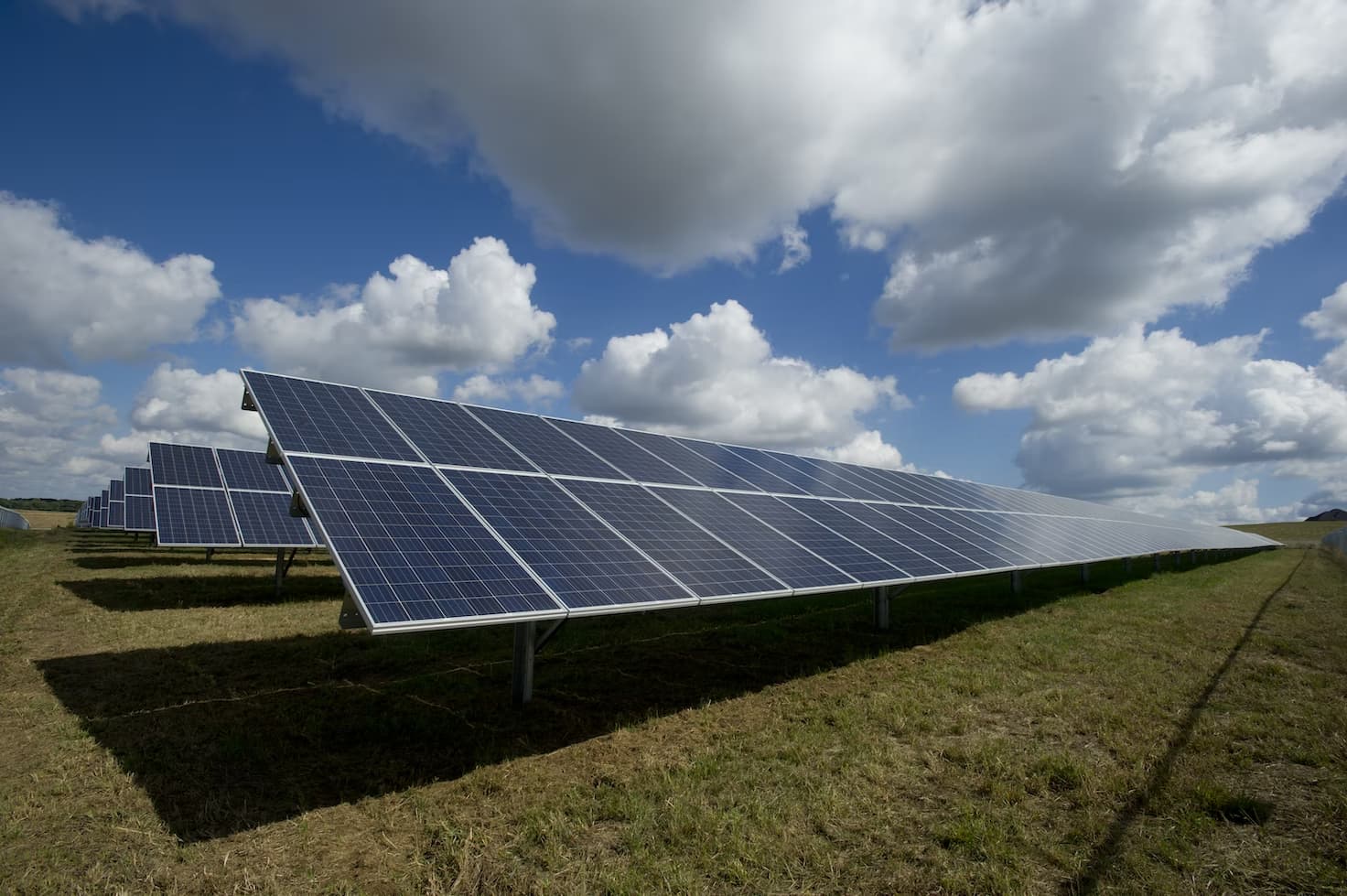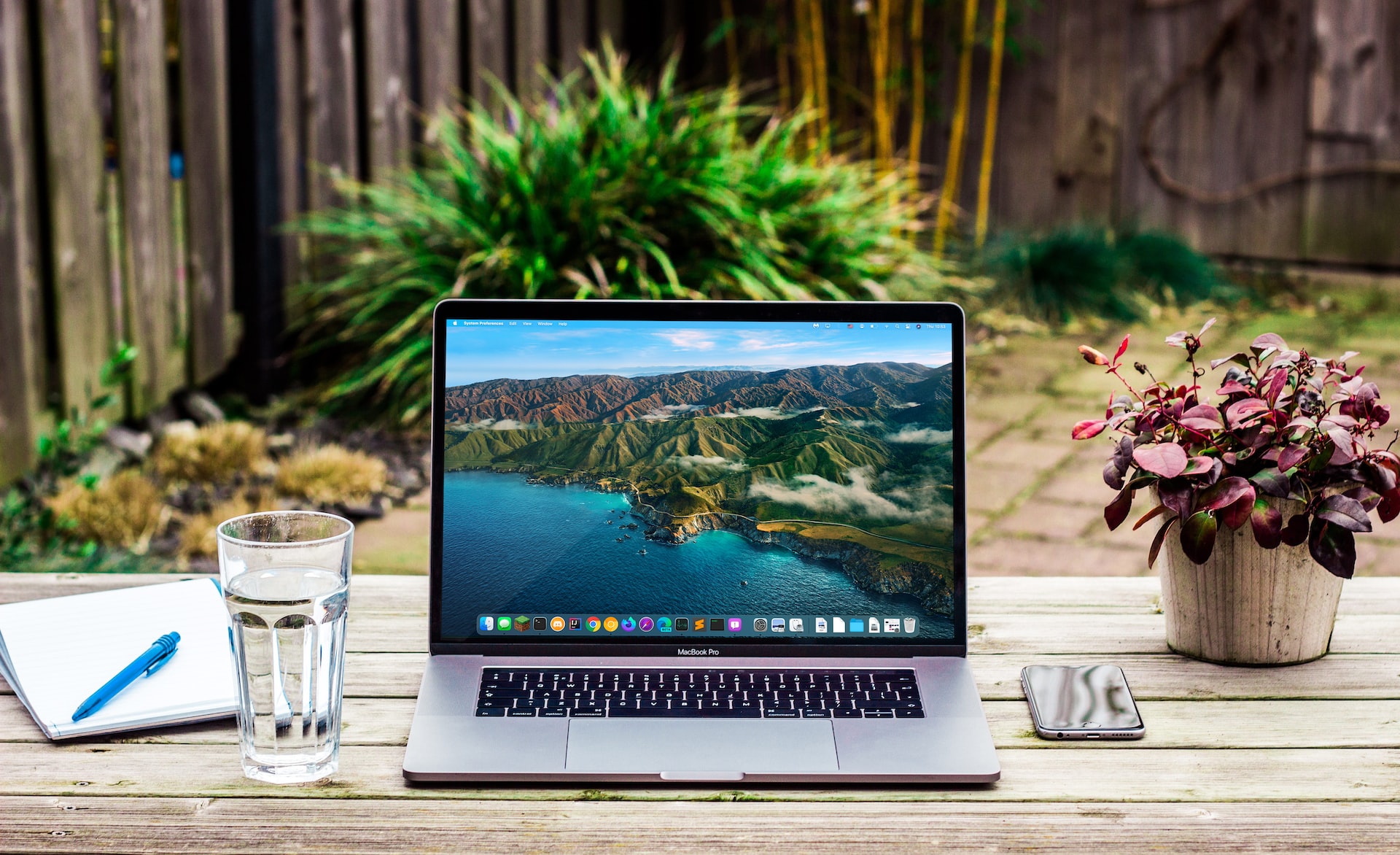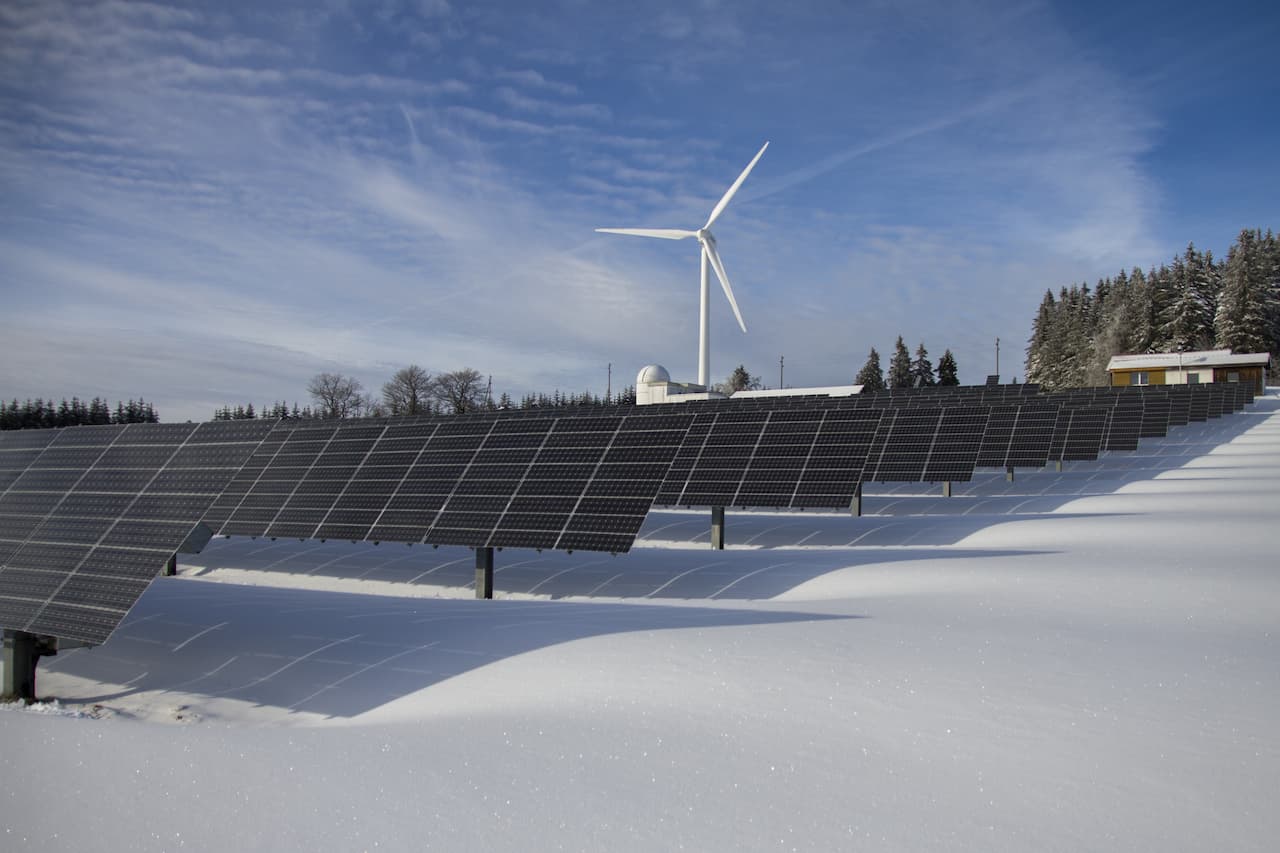In recent months, due to the catastrophic increase in electricity and gas prices, solar panels, despite their high cost, are attracting more and more attention from British citizens. Sometimes, even more than Ukrainian dating. What non-obvious difficulties can be encountered when installing such a panel, how much does it cost in the end, and is it possible to become an electricity supplier and earn money on it?
Solar power in the UK
In 2020, the share of energy from renewable sources in the United Kingdom exceeded the share of energy from burning fossil fuels for the first time. Most renewable energy was used for electricity generation (75%). The main sources were solid biomass (33% of total renewable energy consumption) and wind (24%), while solar energy accounted for only 4.5%.
Solar panel power generation boomed from 2012 to 2017. This was attributed to government policies that offered favorable rates for those who installed such panels. Later, growth rates stabilized.
Growth in renewable energy capacity peaked in 2015 at 6 GW, of which 4.1 GW came from solar panels. Today there are more than 1 million solar panels installed in the UK.
How are solar panels built and how do they work?
Solar cells are made up of several photovoltaic cells – wafers of two layers of silicon with different physical properties. One wafer is coated with boron and the other with phosphorus. The familiar panels on the roofs of houses are those plates connected to each other in a sealed frame and with a glass coating, which does not interfere with the penetration of light.
Panels can be monocrystalline or polycrystalline, depending on how the silicon is applied.
When sunlight hits the panels, photons knock electrons out of the atoms, which creates an electric current. Silicon layers with different charges generate an electric field. The electrons hit the metal strips around the perimeter of the plates and are transported to homes.
Can solar panels be installed in any home?
There are no restrictions on the installation of solar panels, but there are a few conditions. The efficiency of the panels and their number will depend on several factors.
Firstly, the roof of the house must be strong enough to support the weight of the panels (one panel can weigh up to 30 kg).
Secondly, it is desirable that the roof faces south, southwest or southeast – so the batteries will get more light.
In addition, you need to know the angle of the roof, this determines the life of the battery. The number of occupants or living rooms determines the number of panels that will need to be installed.
How much do solar panels cost?
Installing a 4kW system, suitable for a three-bedroom home with a terrace, will cost about £4,000 to £6,000. The cost will depend on a number of factors, including ease of access to the roof, the need for additional reinforcement, the size and type of solar panels, and the season of installation.
According to official statistics for England, Wales, and Scotland, the average cost per kW for panels up to 4 kW from April 2020 to March 2021 was 1628 pounds. For 4-10 kW solar batteries, the amount was slightly higher at £1,685. Installing 10-50 kW units costs an average of 1,088 pounds.
A system of up to 4 kW is sufficient for a residential home, which usually consists of 12 panels. Only the installer can calculate the exact number of panels and the amount of space they take up.
Will I need to buy something extra?
Solar panels generate direct current, but homes use alternating current, so you will need an inverter. Sometimes its cost is included in the price of the battery set, but you will have to replace it more than once in the future, at your own expense. The cost of the inverter starts at 500 pounds and can reach several thousand. Alas, solar panels are useless without them and you won’t be able to watch TV or visit the best Ukrainian dating websites with free electricity from panels.
Solar panels = free electricity?
It’s a mistake to think that once solar panels are installed, you won’t have to pay for electricity at all. The panels work as long as there is sunlight. All electricity consumed at night will come from the national grid, and it will have to be paid for at the tariff.
The energy generated by the solar panels can be stored using special batteries, which, like inverters, must be purchased separately and replaced periodically. But usually, the excess is returned to the national grid. In the end, the consumer only pays for the electricity he consumes in the evening.








